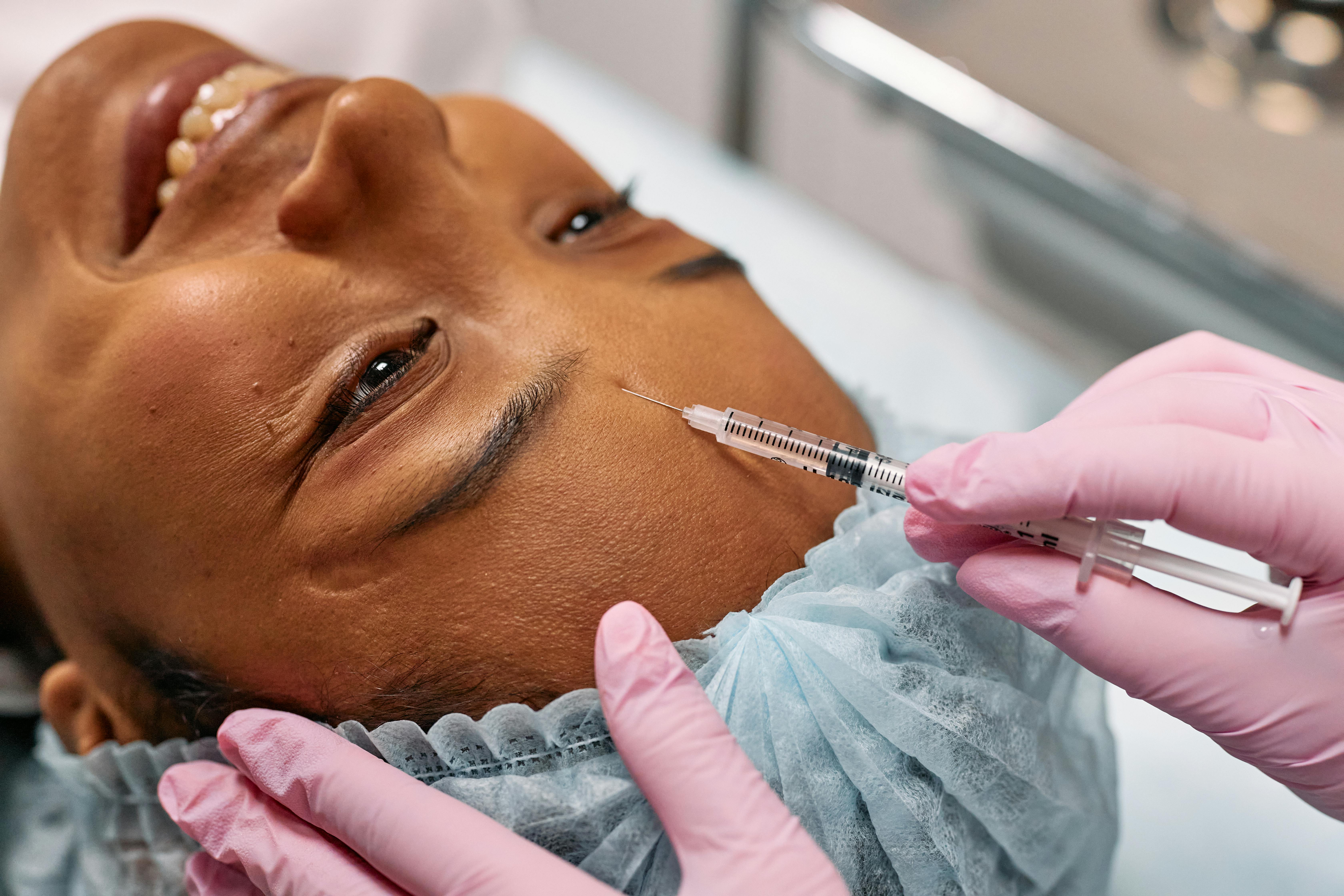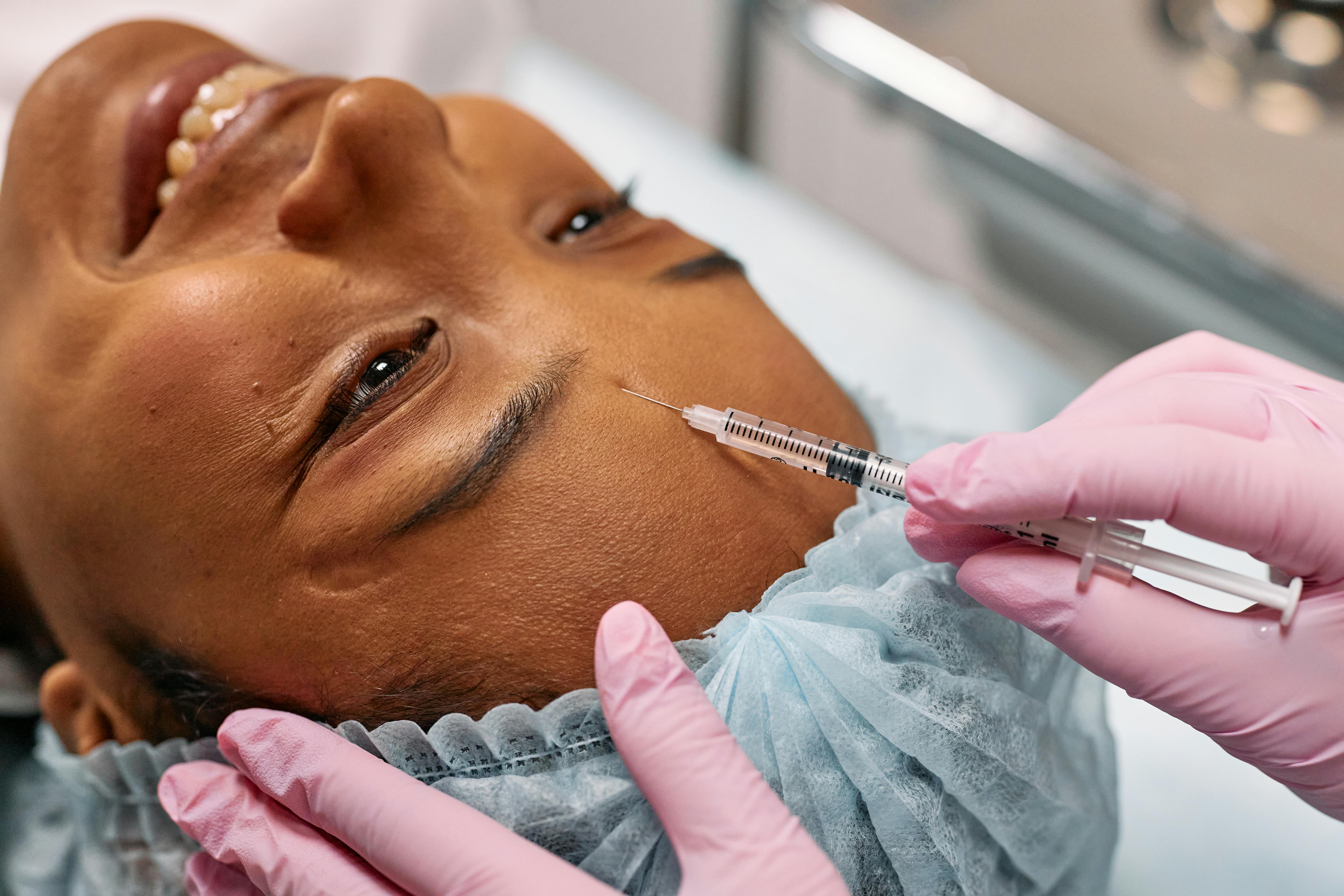The Art and Science of Botox: An In-depth Look
Botox has long been synonymous with the pursuit of youth and beauty. Yet, as time goes on and our understanding of the human body and its aging process deepens, we've come to see Botox not merely as a cosmetic tool, but also as a medical marvel that has the potential to treat a variety of conditions. This shift in perception is not without contention. While some argue that the benefits of Botox outweigh the risks, others remain skeptical of its long-term effects. This article seeks to provide a comprehensive overview of Botox, examining its history, its current applications, and the ongoing debates surrounding its use.

The Origin and Evolution of Botox
Botox, or Botulinum toxin, was first discovered in the 19th century during an outbreak of food poisoning. The bacteria Clostridium botulinum, which produces the toxin, was identified as the culprit. However, it wasn’t until the mid-20th century that scientists began exploring its potential medical applications. In the 1980s, Botox was approved for therapeutic use, and by the late 1990s, it gained popularity in cosmetic procedures aimed at reducing wrinkles and frown lines.
The journey of Botox from a deadly toxin to a sought-after beauty treatment is a testament to the power of scientific research and innovation. Today, its use extends beyond aesthetics, with applications in treating conditions such as migraines, excessive sweating, and certain muscular disorders.
Botox: Beyond Beauty
While Botox is most popularly known for its cosmetic uses, it has a range of medical applications that are equally significant. For instance, Botox injections have been found effective in treating chronic migraines. By blocking the transmission of nerve signals that lead to muscle contraction, Botox can help reduce the frequency and intensity of migraines.
Similarly, Botox has been employed in the treatment of hyperhidrosis, a condition characterized by excessive sweating. By targeting the sweat glands directly, Botox can significantly reduce sweat production, thereby improving the quality of life for those afflicted with this condition.
The Controversy Surrounding Botox
Despite its wide range of uses and benefits, Botox has not been free from controversy. The primary concern revolves around its long-term effects. Given its relatively recent introduction into the medical and beauty fields, long-term studies on its effects are still ongoing. Some critics argue that the regular use of Botox can lead to muscle atrophy or other unforeseen complications.
Additionally, there is an ongoing debate about the societal implications of widespread Botox use. Critics argue that it perpetuates unrealistic beauty standards and contributes to the stigmatization of aging.
The Future of Botox
Looking ahead, the future of Botox appears promising. Ongoing research is exploring its potential use in treating conditions such as depression and certain types of pain. If successful, these studies could further expand the applications of Botox and cement its position as a versatile medical tool.
Moreover, advances in technology and delivery methods have the potential to make Botox treatments even more precise and effective. For instance, the development of ‘topical Botox’ – a cream or gel that can be applied to the skin – could revolutionize the way Botox is administered, making it more accessible and less invasive.
The Botox Paradox
In conclusion, Botox represents a fascinating paradox in our culture. On one hand, it symbolizes our society’s relentless pursuit of youth and beauty. On the other, it embodies the immense potential of scientific research and innovation to transform harmful bacteria into a powerful medical tool. As we continue to advance our understanding of Botox, it is clear that its impact extends far beyond the surface of our skin. It is a testament to our ability to harness nature’s most potent forces for our benefit, even as we grapple with the ethical and societal implications of doing so.




